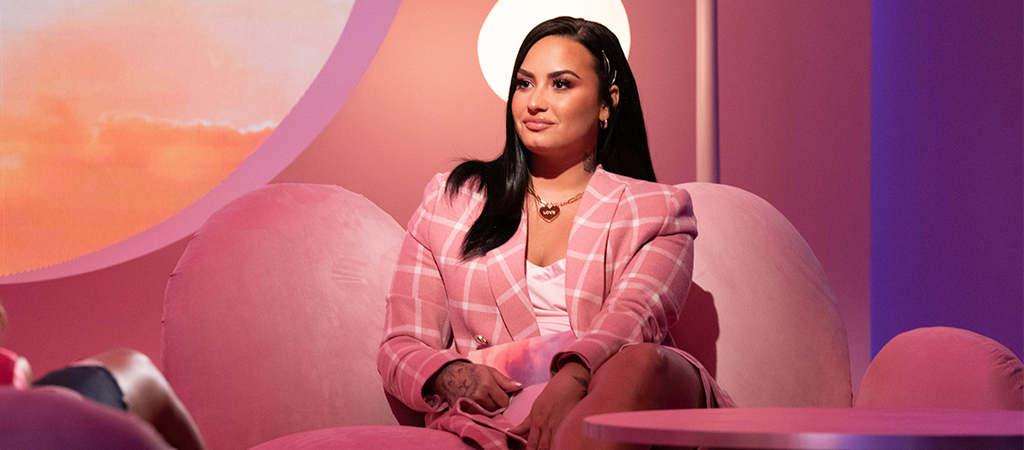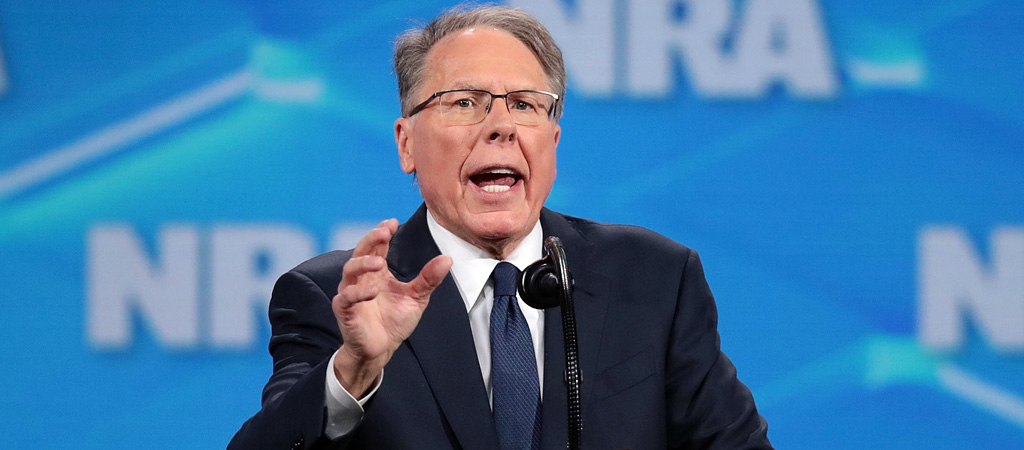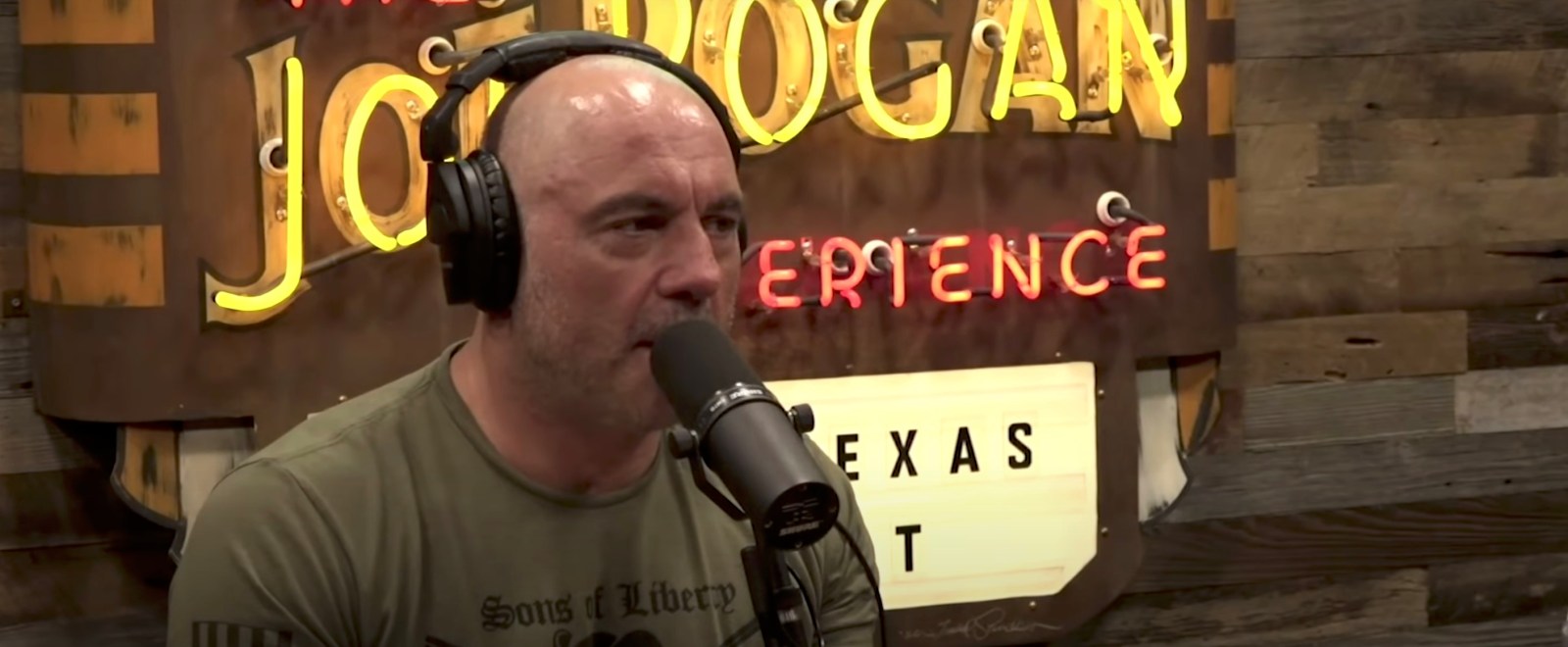Most notable as the frontman of Blood Orange, Devonté Hynes has also built an impressive resume as a composer of film scores. Hynes’ film score credits include Melina Matsoukas’ Queen & Slim in 2019, Gia Coppola’s Palo Alto (2013) and Mainstream (2020), Luca Guadagnino’s We Are Who We Are (2020), and most recently for actress Rebecca Hall’s directorial debut in the Harlem renaissance drama, Passing, which comes out on Netflix tomorrow.
Hynes has just shared “Passing,” the title track to the film, a somber trumpet-laden number with a hushed piano in the background. He certainly has a penchant for setting the mood musically for dramas and you can almost feel the imagery of the cold Autumn streets that Tessa Thompson’s main character traverses in the film’s scenes. Hynes also recently scored the HBO series In Treatment this year and his music showed a distinct ability to heighten the emotion of serious interactions between characters. It’s brilliant in and of itself, but it lets the picture shine above all else.
As for Passing, it’s based on a 1929 novel by author Nella Larsen, and tells the story of a 1920s Black woman (Thompson) who re-connects with an old friend (played by Oscar nominee Ruth Negga) who is living her life passing as a white woman during the Harlem Renaissance. Watch the trailer for it below and listen to “Passing” by Devonté Hynes above.





